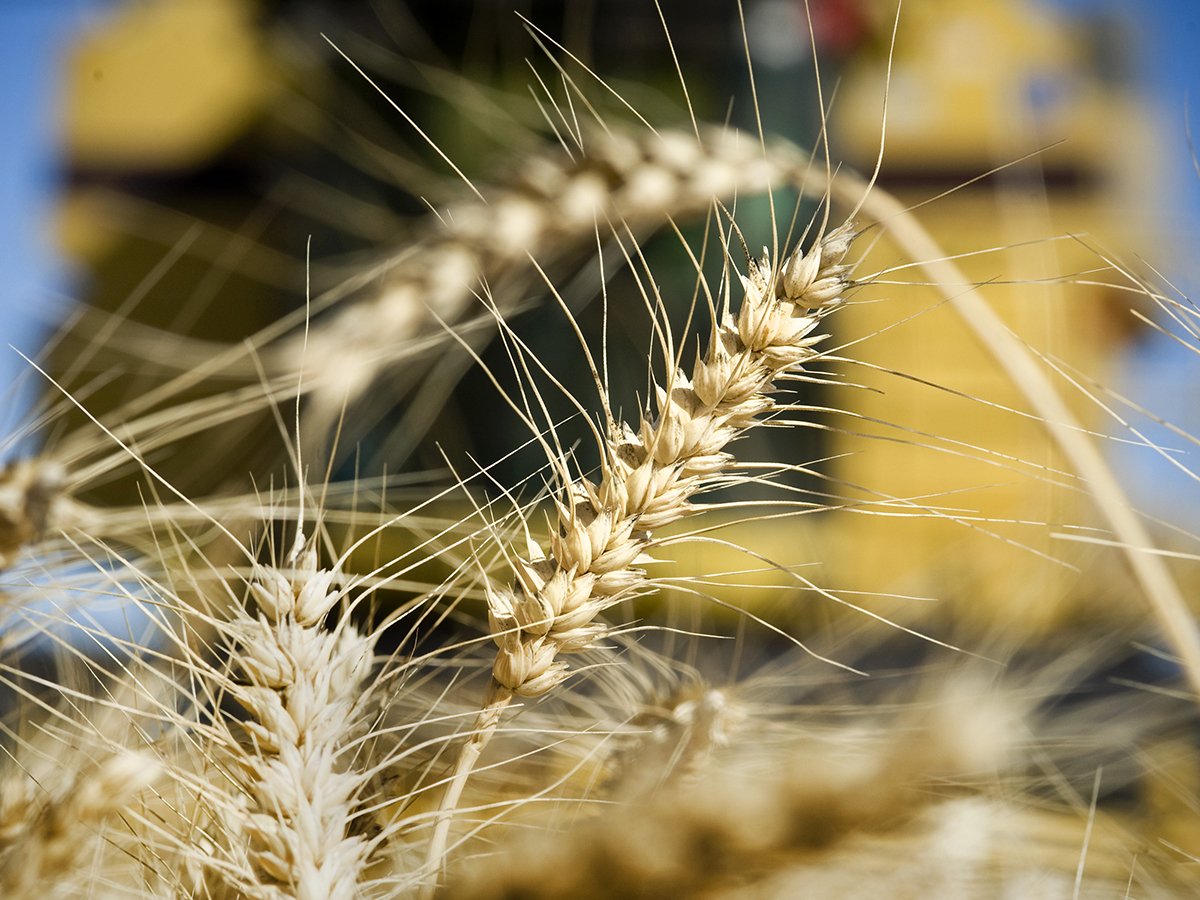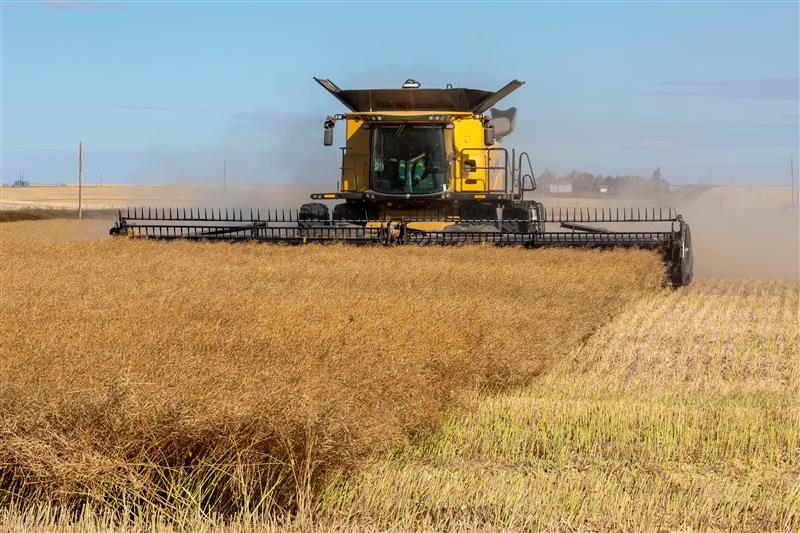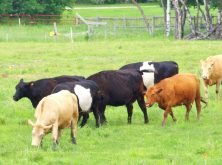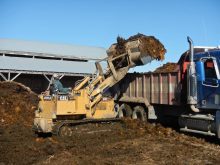Grain drying is a matter of blowing warm air through grain. That part is simple.
The trick is to dry without damaging the grain, says Ron Harker of Techmatic Control Solutions, builder of Grainsmart Systems dryers.
Harker and partner Armand Dickner have designed an automated commercial unit that uses sensors and a computer to make the process of drying grain trouble- and worry-free.
“It will not let you make a mistake,” Harker said. “It controls the temperature. It won’t let you try to go too hot or too slow. It keeps track of the moisture and automatically adjusts itself.”
Read Also

European wheat production makes big recovery
EU crop prospects are vastly improved, which could mean fewer canola and durum imports from Canada.
And if anything ever does go wrong, the computer monitor identifies the problem and gives a solution.
With 25 of the commercial-size units now sold to grain companies such as Saskatchewan Wheat Pool, Pioneer and Cargill, Techmatic is about to launch a smaller version for individual farms.
“We like to call the concept harvest management,” he said, noting the grain dryer allows farmers to harvest earlier, before weather can damage the crop.
For example, preserving the malt grade on barley by straight cutting early and then drying could generate thousands of extra dollars.
Harker and Dickner got into the grain drier business after noticing the limitations of other models. In 1996, they had a contract to automate a dryer at a Sask Pool elevator, but told the company they could come up with a better design. They showed Sask Pool their new design in early 1997 and got a deposit to allow them to build it.
They applied all their computer automation skills to the project, using a variety of sensors to report to a computer.
“A grain dryer is simply a way to force hot air through grain,” Harker said.
“But the variety of sensors available to us gave us the ability to have a machine that gathers so much information … that the machine almost thinks for itself.”
They showed their system to other grain companies and won more contracts.
The Saskatchewan Government Growth Fund provided financing and helped the company move from Calgary to Saskatoon. It now has 24 employees.
One of the key components of any dryer is the burner. Techmatic uses a high-efficiency unit designed for directly heating air in large buildings without needing a chimney.
“So it has to be really clean burning,” he said, adding that Canadian Standards Association standards for grain dryers allow up to 70 parts per million of carbon monoxide. The Techmatic unit produced only seven p.p.m.
The flame is located some distance from the grain and the “soft heat” dries gently without damaging the grade, he said.
Making the grade
Rick Wilson, of Sask Pool’s Project Horizon elevator construction project, said the burner is one of the factors that drew the pool and Techmatic together.
“The burners are leading edge technology. We can not only bring grain into condition, but also maintain grade and that is huge for us,” he said, noting that elevator dryers might handle 100,000 tonnes in a crop year and at $15 to $20 a tonne per lost grade, there is great pressure to maintain quality.
Another benefit from the design is that the dryer can operate efficiently in cold weather, Harker said.
In other machines, during cold weather operation, moisture vapor coming from the grain is sucked back into the blower where it freezes onto the blades and reduces the flow. This in turn can make the burner flame flicker and possibly ignite the grain.
The Techmatic design separates the burner and blower. The burner warms the air that the blower sucks into the grain. Because only warm air is delivered to the blower, it allows it to run at the most efficient and economical level to keep operating costs down.
“On a per cent, per minute comparison, Techmatic came out on top,” Wilson said.
Despite the new technology, the units are priced competitively with other manufacturers, Harker said.
With the addition of a farm-size design, expected to be ready for the 2000 harvest, Techmatic will offer units ranging from 400 to 3,000 bushels an hour, he said.















